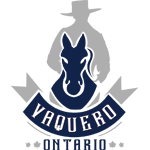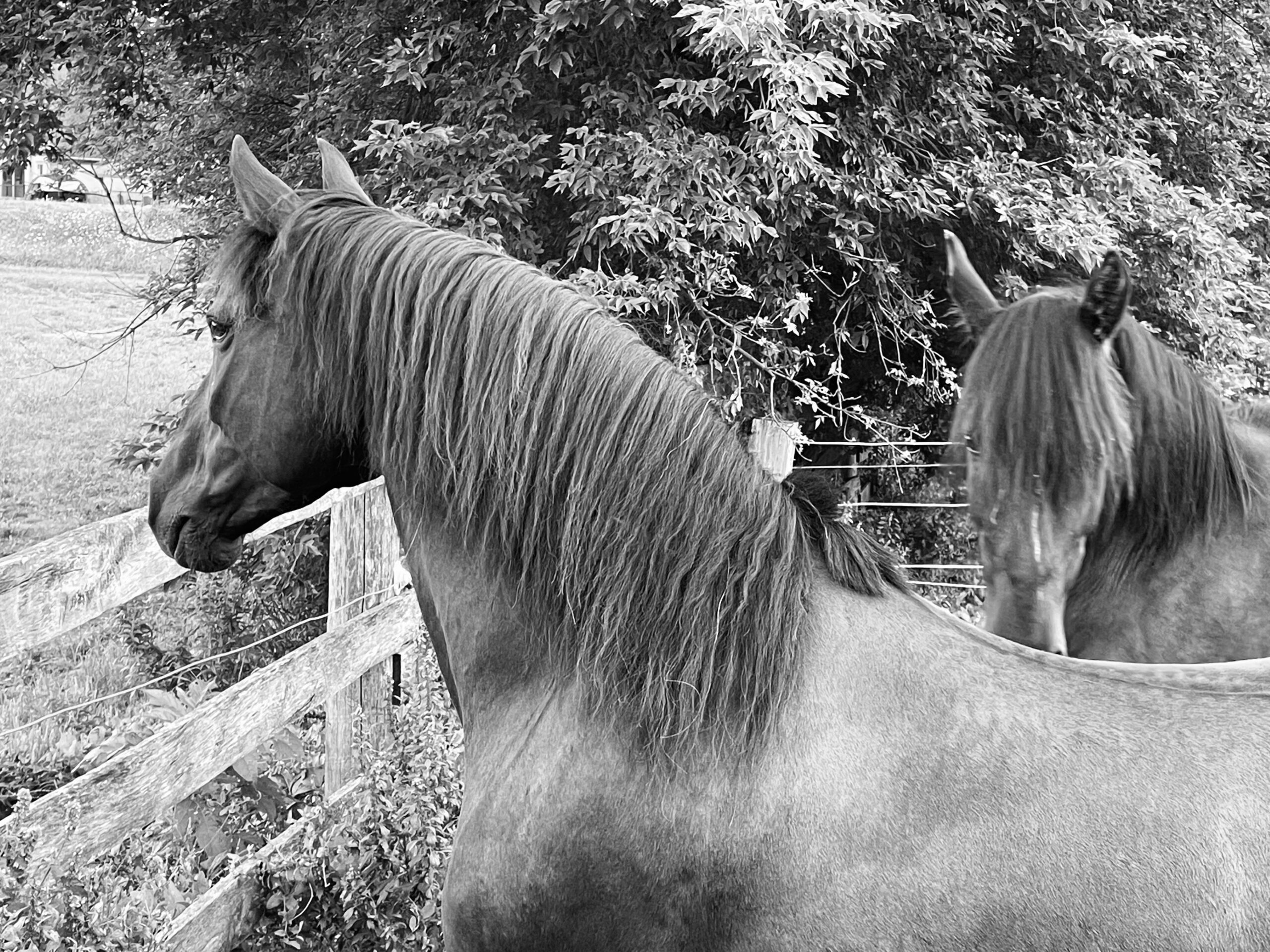Choosing the Right Boarding Facility: Key Considerations for Horse Owners
Since purchasing my first horse, I’ve boarded at four different facilities, including one where I stayed for nearly a decade. I’ve also kept horses on my own property and visited many other barns over the years to compare amenities, care standards, and overall management styles.
Each facility is unique, and what works well for one horse owner may not suit another. Below are some practical considerations to help guide your decision when choosing a boarding facility.
Indoor Arenas and Seasonal Considerations
Given Canada’s often unpredictable and challenging weather—rain, snow, and wind for much of the year—an indoor arena can be a significant asset. For riders who prefer year-round training, access to an indoor arena, even if unheated, can be essential. However, if you’re someone who only rides seasonally or in good weather, this might not be a priority.
Horse Handling Practices
It’s important to understand how your horse will be managed. Will the facility owner or staff handle blanketing, turnout, or deworming without your input? Are you comfortable with your horse being used in lessons or exercise programs? If not, be sure to clarify policies on these matters.
Ask how many people will have access to your horse and observe how existing boarders treat their own animals. Also, check whether feeding treats is common practice—some horses develop behavioral issues from inconsistent treat-giving.
As a safety note, horses should never be turned out with halters on, as they can catch on objects and pose a serious risk of injury.
Indoor vs. Outdoor Boarding
Some barns offer only indoor board, while others provide pasture board or a mix of options. Indoor board is generally more expensive and may include additional charges for turnout, stall cleaning, feeding, and blanket changes.
Evaluate how much time your horse will actually spend outside. Some barns offer very limited turnout—sometimes as little as one hour per day—which may not be suitable for your horse’s physical or mental health.
Feeding Practices and Hay Quality
Hay availability and feeding strategies vary widely. Ideally, horses should have consistent access to forage—whether through pasture or hay nets—which can reduce stress and digestive issues. Hay nets also slow feeding and reduce waste.
Check whether the facility uses appropriate hay for the horses it serves. Rich blends like alfalfa may not be suitable for horses prone to laminitis or with limited exercise. Additionally, consider whether feeding space is adequate for the size of the herd to avoid competition or food guarding behaviors.
Be sure to inspect hay for mold, excessive dust, or contamination. Hay should be free of plastic netting or twine, and manure or urine-soaked hay should not be left for horses to eat. Clean, dry feeding areas are crucial.
Rodent infestations can pose a serious health risk, particularly when opossums are present, as they can transmit EPM (Equine Protozoal Myeloencephalitis). Check feed rooms and hay storage areas for signs of intrusion.
Water Access and Quality
Consistent access to clean water is non-negotiable. Heated water systems are ideal during colder months, while barrels or tubs should be cleaned regularly. Water should always be sourced from a safe supply.
Occasionally, you may encounter barns that place fish in water tubs to keep them clean—this is not a recommended practice and may indicate a lack of proper maintenance.
Safety and Security
Inspect fences and gates to ensure they’re sturdy and well-maintained. Electric fences should be properly grounded and functional, and wooden fences must be strong enough to handle a horse leaning or rubbing on them.
“T-post” fencing should include protective caps to reduce injury risk. Stalls should be secure, with strong latches and barred windows to prevent accidents. Gates should close and latch properly when you’re away.
Facility Maintenance and Responsiveness
Pay attention to how well the facility is maintained. Are broken fences or malfunctioning equipment repaired promptly? Visual cues will tell you a lot. While future plans for upgrades are nice to hear, the current condition of the barn speaks volumes.
Ask whether the barn owner or manager addresses concerns promptly and professionally. Small details like a poorly hung gate may seem insignificant, but they can lead to preventable injuries.
Herd Management and Turnout Practices
Herd size impacts more than just access to food. Overcrowding increases the risk of injury and stress. Ideally, turnout spaces should allow horses to move freely and socialize safely.
Mixing mares and geldings can also lead to behavioral challenges. Manure should be regularly cleaned from turnout areas to help reduce parasites and control flies.
Boarder Amenities and Environment
Don’t forget to consider your own comfort and needs. Think about washroom facilities, tack storage, lounge or viewing areas, and access to amenities like round pens, trails, or jumping equipment. If you plan to take lessons or receive coaching, ensure your discipline is supported.
The barn’s social environment matters too. Some boarders thrive in a social setting, while others prefer solitude. It’s okay to want a quiet space where you can focus on your horse and your goals.
Insurance and Liability
Ask about the facility’s insurance coverage—specifically whether it includes liability in case of injury or illness caused by neglect or an accident on the property. Understanding what is and isn’t covered can save you trouble down the road.
Personal Preferences
Ultimately, what makes a facility “the best” is deeply personal. For me, I value secure fencing, smaller herd sizes, free-access hay via slow feeders, and clean water via automatic fountains. I appreciate having an indoor arena and access to trails, and I like being able to park my trailer on-site.
As someone who identifies as an introvert, I also value a calm, respectful environment where I can enjoy quiet time with my horses. While I’ve met some wonderful people along the way, I don’t go to the barn for socializing—I go for the horses.
In Conclusion
When evaluating boarding facilities, focus first on the fundamentals: clean water, quality hay, safe fencing, and responsible care. From there, reflect on your personal preferences, riding goals, and expectations for your horse’s wellbeing.
No place is perfect, but understanding your priorities will help you make the best choice for you and your horse.

